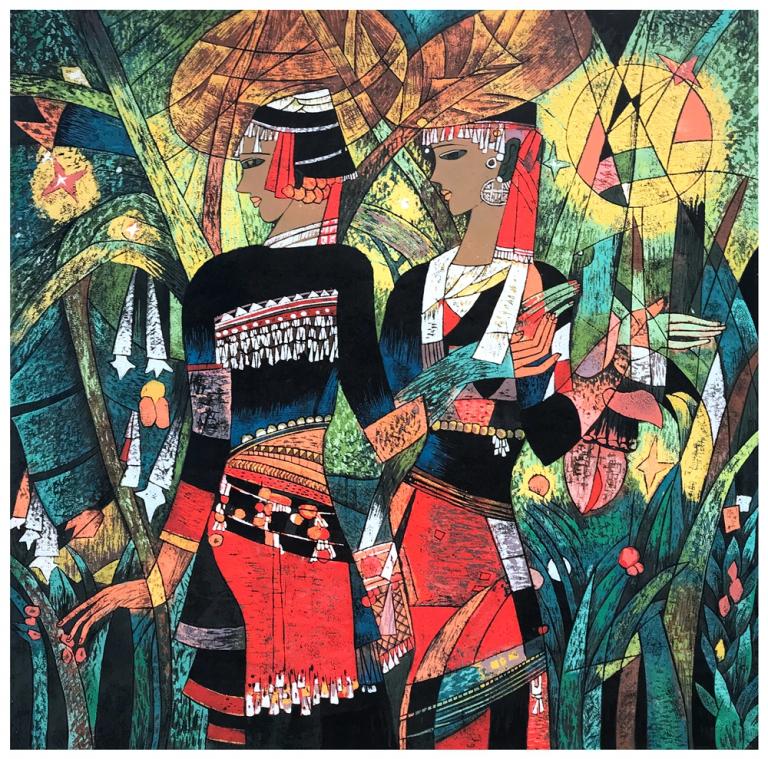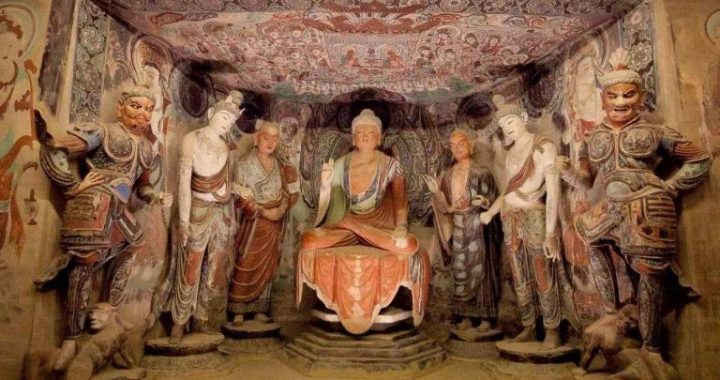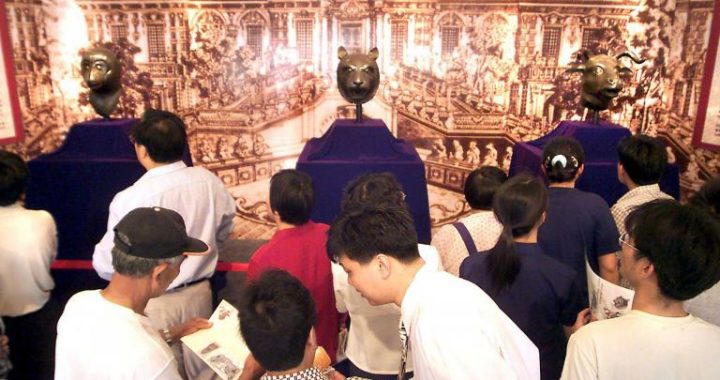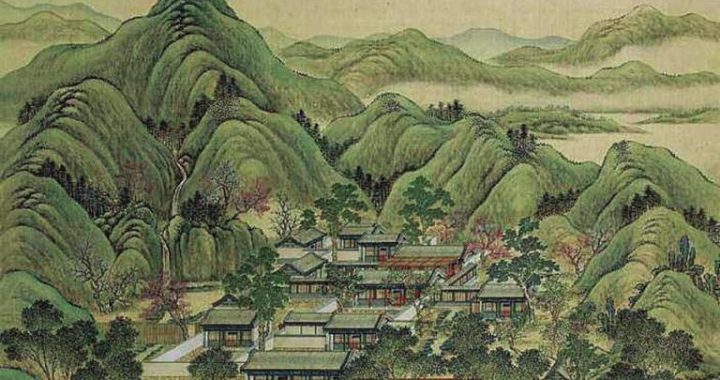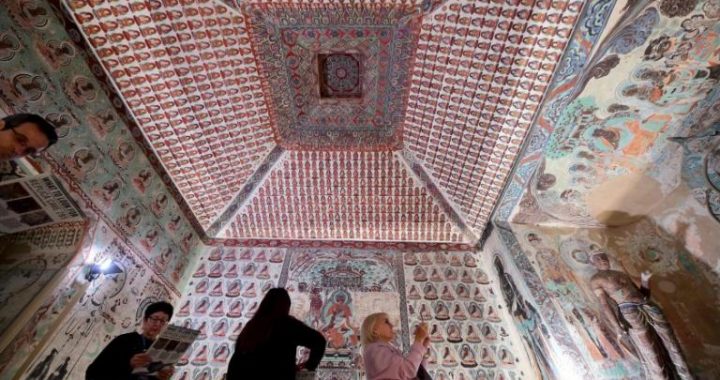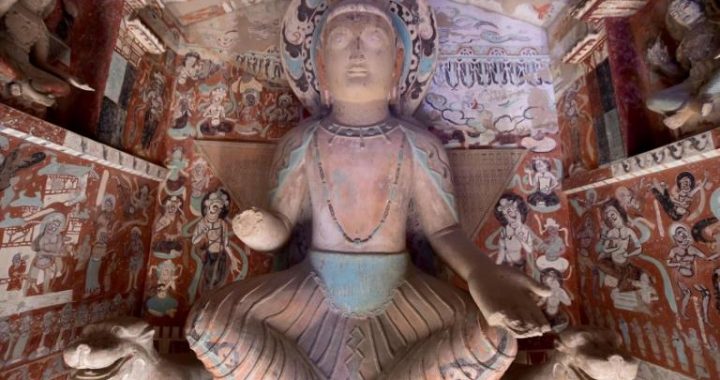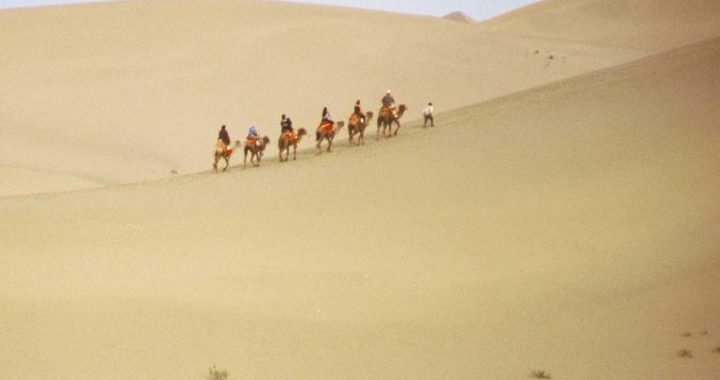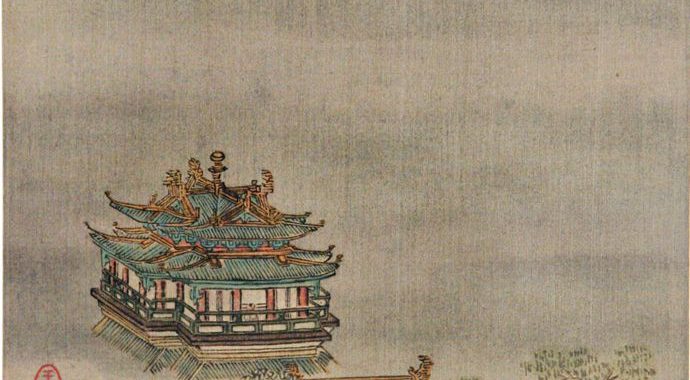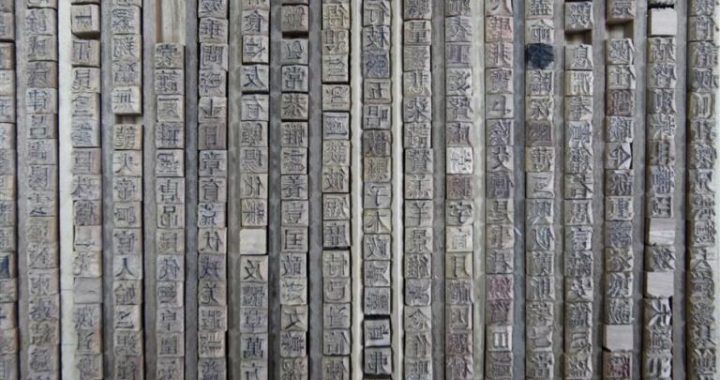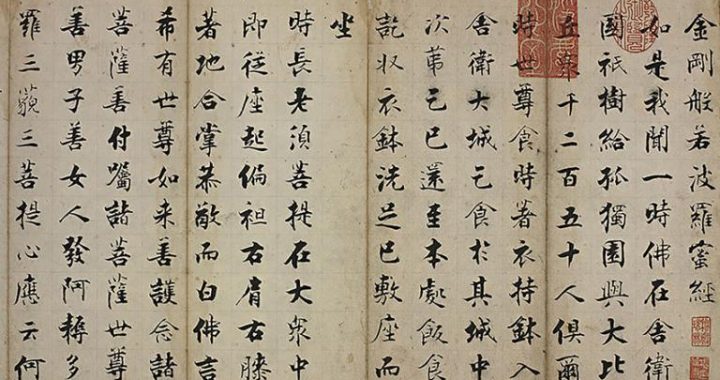Historical Ethnic Migration and Blending from the Perspective
4 min readDunhuang, located at the westernmost of the Hexi Corridor, is a city under Jiuquan, Gansu province. Being out of the way, it was practically forgotten in as long as over 500 years from the Ming to the late-Qing dynasties. However, the discovery of the large quantity of ancient manuscripts and artistic treasures at the turn of the 20th century made it known globally, far surpassing many big prefecturesand subprefectures, and aroused great interest of scholars all over the world in its historical origin.
Concerning the origin of the name”Dunhuang”, no agreement has yet been reached in the academic circle. Some believed it to be a transliteration of the ancient Tocharian, while others held it to be Chinese from the very beginning. It is beyond our reach to decide which is positive and which negative, but it is obvious that both opinions reflect certain historical facts from different perspectives.
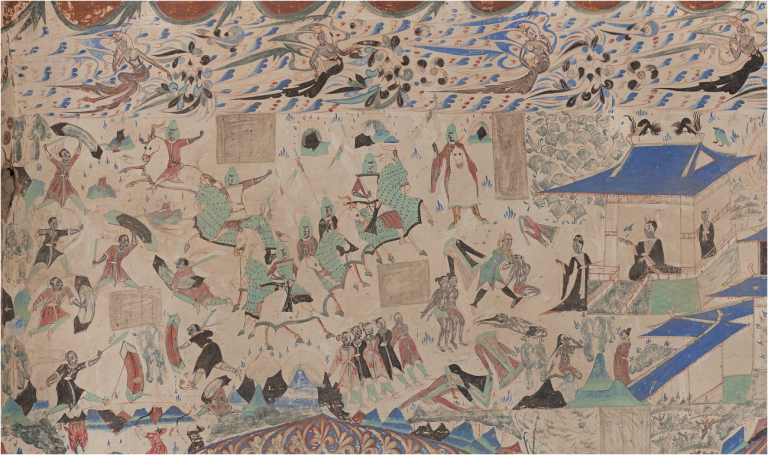
The Tocharian was the earliest ethnic tribe inhabiting both sides of Tianshan Mountains, whose vernacular was spoken by the Yuezhi flourishing between Altai andTianshan Mountains, and the Qiuci and Yanqi from the north and the Loulan from the east of Tarim basin.
Researches on the manuscripts in the Tocharian vernacular unearthed in Xinjiang showed that the Tocharians spoke an Indo-European language; therefore, they were most likely one of the ancient Indo-European tribes. As early as 2200 BC, the Indo Europeans started their migration towards the Central Asia. The earliest Bronze Age culture in Xinijang is the Kermuqi culture distributed between Altai and Tianshan Mountains, whose origin can be traced back to Yamnaya culture on the northern coast of the Caspian and Black Sea, and the Yuezhi who used to dominate the Western Regions were most probably the descendants of the Kermuqi inhabiting Altai Mountains. According to archeological findings, as early as 2000 BC, the Indo Europeans were found in Qitai at the eastern foot of Tianshan Mountains, and even in the Kongque river valley in the east of Tarim basin.
In 1930s, Folke Bergman,a Swedish archeologist on the Sino-Swedish Northwest Inspection Team, discovered in a Lop Nor river valley a tomb of the early Bronze Age and named it after the Uigur guide Aoerdeke(called Tomb 5 of Xiaohe now). Accordingto the anthropological data collected by Bergman at Lop Nor, the ancient Loulan was an Indo-European community, similar to their counterparts in Northern Europe, both belonging to the original Europeans. It can be seen from here that the inhabitantsof ancient Loulan in Lop Nor were the earliest European community distributed the easternmost on the Eurasian continent.
Why did the Kermuqi culture between Altai and Tianshan Mountains come down to Loulan? Evidence shows that this tribal migration was directly related with the flourishing of the Altai people in southern Siberia and the eastward expansion of the Sintashta people. In 1800 BC, the Altai tribes represented by the Okunev culture swiftly grew up and overthrew the rule of the Indo-European tribes represented by Afanasievo culture in southern Siberia. Meanwhile, other Indo-European tribes represented by the Sintashta-Petrovka culture reached their prosperity in western Siberia and were actively expanding themselves. In such circumstances, the Afanasievo people could barely survive in southern Siberia, nor could they take refuge in western Siberia, and therefore came to the living place of the Tocharians who were comparatively less strong.
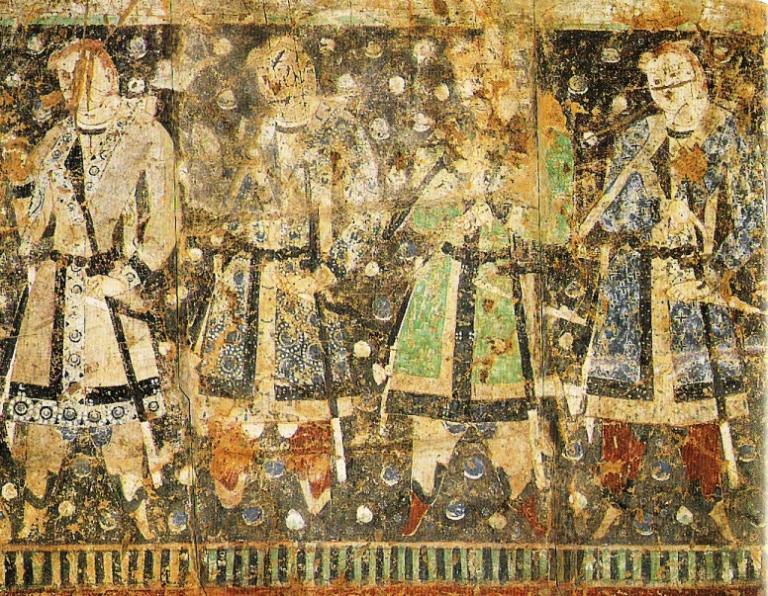
Limited natural resources of the Kermuqi region, however, could not possibly support the increasing number of Tocharians, and Sintashta-Petrovka people constantly launched wars and plundered Altai and Tianshan mountains. Both factors contributed to the southward migration of Kermuqi people to Loulan.
On the other hand, the Qiang of the Sino-Tibetan family flourished right then in the Hexi Corridor. Inevitably, the Tocharians would fight directly with the Qiang.
There would be constant conflicts and eventually they were blended.
Before the flourishing of the Xiongnu, the Yuezhi dominated the Western Regionsand their vernacular got popularized into a universal language around Tianshan Mountains. And the Tocharization of Tarim basin owed to a great extent to the Yuezhi.
For this very reason, it is believed that the name of Dunhuang derives from the transliteration of Tocharian.”Dunhong”in Shan Hai Jing: Bei Shan Jing (The Classiof Mountains and Seas: Classics of Mountains-North), and Volume 2 of Shui Jing Zhu Jian(Annotation in the Commentary on the Classic of Waterways) refers approximately to the current vast area from Yangi and Kurle to Lop Nor, including all the mountains, rivers, and lakes. Basing on the custom in China’s northwest for ethnic tribes to name their living places after themselves, it can be concluded that a great tribe called Dunhong was once active here. From the time Shan Hai Jing (The Classic of Mountains and Seas) was compiled, it was during the Warring States period in the Central Plains.
Based on the custom of the Central Plains in the Qin and Han dynasties to translate proper names in the frontiers with disyllabic words, Tocharian was shortened into Dunhong in Shan Hai Jing, and retransliterated as Dunhuang in Sima Qian’s Biography of the Dayuan People in Records of the Grand Historian.
It can be seen from here that Dunhuang is the product of ethnic migration and blending in the ancient times.
